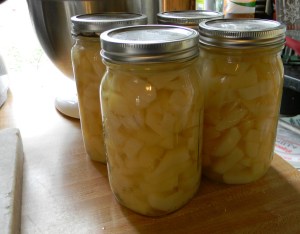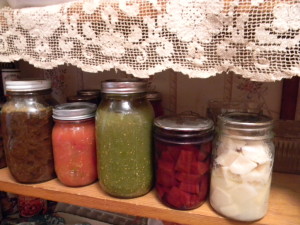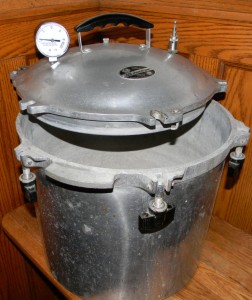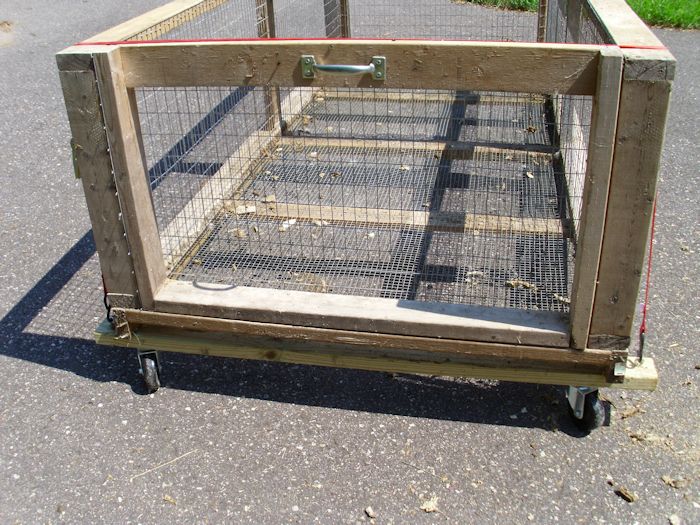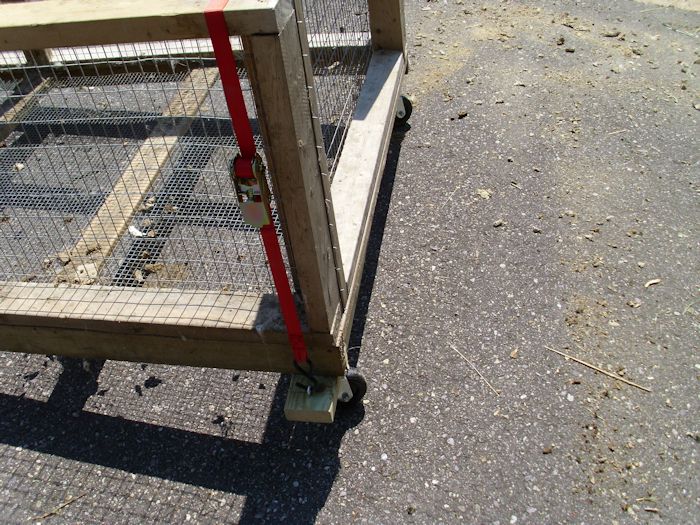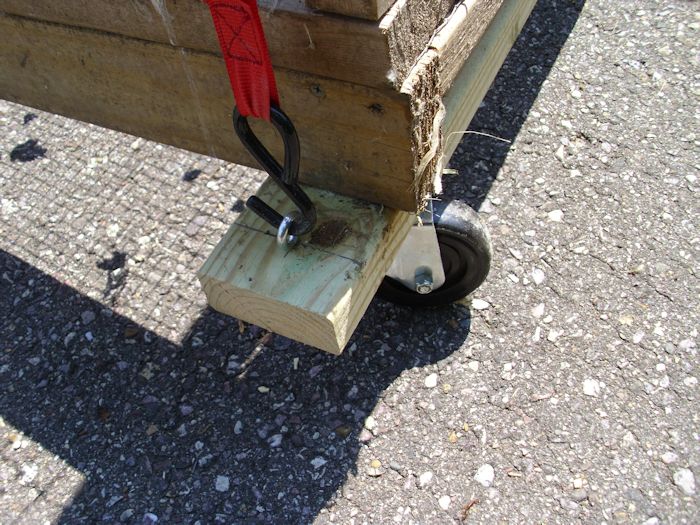Anyone who knows me, knows I love my wood stove. It keeps my house toasty warm. The floors, walls, and ceilings are all warmed so that I can walk around barefoot in my 68 degree house if I want. Just try doing that in a house heated by a furnace! So, there is no doubt that I’ll continue to enjoy the benefits that radiant heat can provide.
There are down sides to everything and heating a house tends to produce really dry air. My furnace has an Aprilaire whole house humidifier attached to it. On those rare occasions that I do use the furnace, my Aprilaire adds much needed humidity to my really dry house. Of course, not everyone has such a device, so houses heated with furnaces can suffer from a lack of humidity too. Fortunately for us, a HVAC can give us the help we need to do deal with a humid home. A friend of mine had this issue and found that a local service similar to Complete Comfort Plumbing Heating & Air (completecomfort-hvac.com/areas-we-serve/aliso-viejo-ca/) could help him install a system into his home which dealt with the humidity.
Horridly dry air has a number of nasty side effects. For example, you might find that you literally can’t breath because your nose is so dry. Petting the cat becomes an experiment in shock therapy (and don’t even think about brushing the dog). You could see damage to your furniture as well. The glue joints tend to fail when the humidity is too low. So, there are both health and monetary issues to consider when it comes to winter heating. The issue that seems to elude most people though is that humid air is able to support more calories than dry air. This means that really dry air actually feels cooler than humid air heated to the same temperature. Humidity that causes you to sweat in summer keeps you warm in winter, so having a good HVAC system could not only regulate the air in your home but help to keep your family warm in the winter and cool in the summer. You can Read more here.
Over the years I’ve come to believe that keeping a house as humid as possible in the winter (within reason, you really don’t want the walls dripping either) is a good idea. But when it comes to the summer months, some people can’t think of anything worse than having a humid home. Who could blame them? You would literally be sweating all of the time. That’s when places similar to this Air Conditioning Repair Houston company come in useful. If your life-saving air conditioning system malfunctions, you won’t be receiving that cold air that helps to cool you down, so what happens? You’ll feel even hotter. If that happens, (just like it did to my friend last week), you should get it fixed as soon as possible. For me though, I welcome the feeling of humidity, especially in the winter months. When my hygrometer (a humidity measuring device) reports 60 percent, I’m quite happy. Even 50 percent is worthwhile achieving. The problem is that with wood heat, you don’t have an Aprilaire to help out.
Assuming that your wood stove provides a place to put one, the first course of action is to get a couple of inexpensive soup pots-big ones. Actually, you might be able to get one almost free at a thrift store or garage sale, so look around to see what you can find. Fill them with water and put them on the wood stove. The heat will evaporate the water inside and produce humidity for your home. If you want, you can add wood stove simmering spices to make you home smell nice as the water evaporates. The people living with you in your closed up house will appreciate the fragrance. My stove will accommodate two pots, so I have two really large pots going most of the time (one is removed when I want to heat water for tea, heat something up, or make soup).
Sometimes using the pots just doesn’t help enough, unfortunately. It’s during those times that I leave the bathroom door open when I shower and turn off the ceiling fan. The ceiling fan normally takes the humidity outside, which is a really good thing to do in summer when you don’t want things rotting inside the house. During the winter, it seems like a better idea to allow the steam to get out into the house. Of course, you’ll need to exercise more caution to ensure everyone keeps their privacy intact. We actually have a few Ceiling Fans in our home. I think that they are such classic pieces that never go out of style. Plus, they help to control the temperature in your rooms so they are incredibly useful.
Winter is also a dandy time to make soup. It’s possible for me to make soup on my wood stove when it’s completely fired up. However, there are a lot of times where I still need to use the stove. In those cases, I keep the stove’s vent fan off so that the steam from the soup stays in the house. Not only does the house get humidified, but it also helps build a healthy appetite.
I’m sure by now someone is wondering why I haven’t mentioned the obvious-a humidifier. Yes, a humidifier will do the job and yes you could use one, but all of the other techniques I’ve mentioned are free. A humidifier will cost money to purchase, maintain, and operate. In the long run, using every free technique at your disposal first is the best idea. Let me know your ideas on humidifying a home at [email protected].

